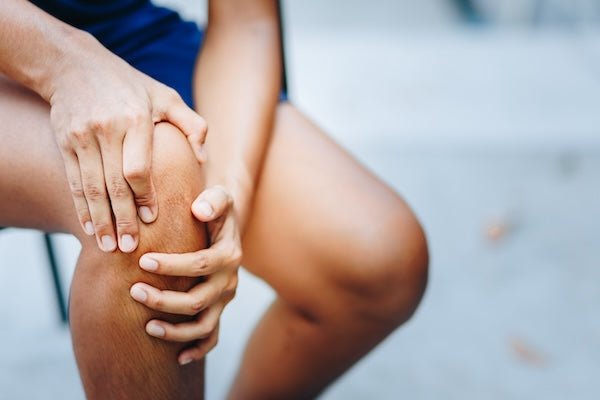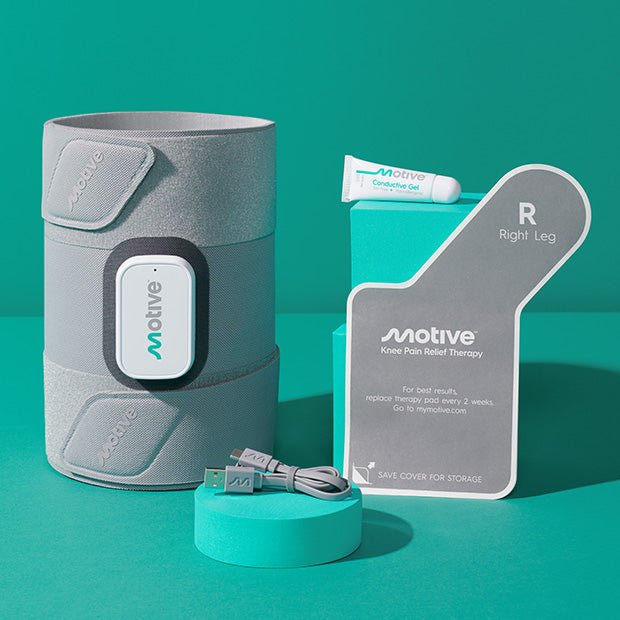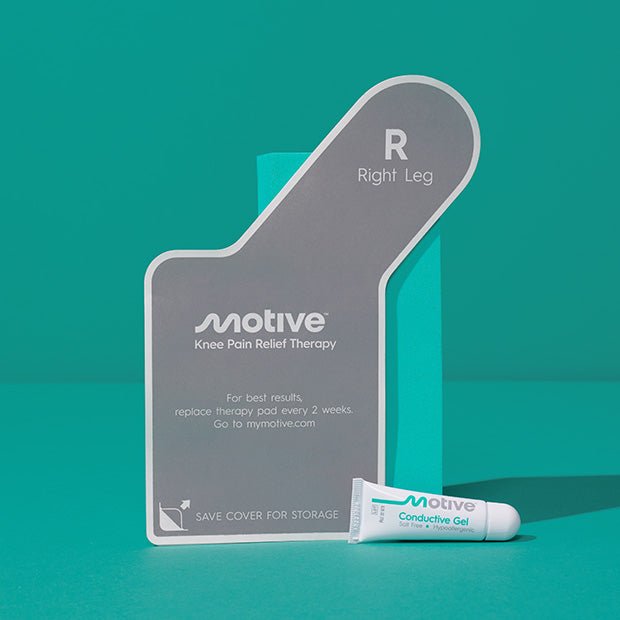
Side knee or lateral knee pain is pain felt on the outer side of the knee based on the affected tissues. It occurs either due to a knee injury, arthritis, or overuse of the knee. Inflammation in the fibrous tissue band that stretches along the outer thigh and connects to the front of the tibia, or shin bone, can also be a contributing factor.
Because runners commonly experience side knee pain, it is referred to as Runner’s Knee. Apart from intense pain, individuals may also encounter knee instability and a restricted range of motion, impacting their daily activities, such as going up and down stairs or walking.
The approach to treating pain on the side of the knee depends entirely on the severity of your knee joint discomfort. Non-surgical treatments can be effective in some cases, but for severe instances, knee replacement surgeries might be necessary.
In this article, we will review the common causes of side knee pain, diagnoses, and treatment options.
Causes of Side Knee Pain
Here are four possible causes of side knee pain:
Osteoarthritis of the knee affects not only the inside of the knee through deterioration of cartilage covering the end of your thigh bone (femur) and lower leg bone (tibia), but also the lateral tibiofemoral compartment on the outside of the knee. It’s known as lateral compartment osteoarthritis.
The symptoms of the disease include lateral knee joint pain, tenderness, stiffness, and swelling on the outside of the knee. Lateral compartment osteoarthritis can be commonly observed with aging, previous knee injury, or regular knee stress.
The menisci, made of tough cartilage, are positioned between the thigh bone (femur) and the shinbone (tibia) to provide cushioning and support in the knee joint. A meniscus tear is one of the most common causes of pain on the outside of the knee, resulting from either a sudden twisting or degeneration related to aging. You may experience symptoms such as the inability to rotate your knee or an unstable knee joint if you tear your meniscus.
The knee's stability is maintained by the lateral collateral ligament (LCL), a thin band of tissue that links the femur to the fibula—a smaller bone on the outer side of the lower leg. This ligament prevents the knee from bowing outward, ensuring proper joint function.
LCL injury generally occurs due to a sprain or partial tear of the ligament due to overstretching. It leads to symptoms similar to medial collateral ligament (MCL), such as outer side knee pain, stiffness in the knee, bruising, unstable knee, and rapid swelling. Additionally, LCL can also lead to a loss of sensation or tingling in the foot due to compression of the peroneal nerve.
The iliotibial band is a broad band of connective tissue that stretches from the outer hip to the shinbone. It’s more commonly observed in females than males, especially athletes engaged in sports like cycling, jumping, and climbing—activities that involve repetitive motions.
ITB occurs due to friction between the lower part of the band and the end of the thigh bone, which is aggravated by repetitive movements like running (or other sports injuries). Over time, this rubbing leads to knee pain and soreness in the outside of your knee as well as the thigh.
The symptoms of ITB include:
- Clicking or a rubbing feeling on the outer side of your knee
- Swelling
- Pain
- Increased pain during any activity (like observed in bursae–a fluid-filled sac– inflammation or bursitis)
- Pain extending from the thigh to the hip area
Diagnosis: Steps to Identifying the Cause
The diagnosis of knee problems starts with physical examination, imaging, and lab tests.
A healthcare specialist will review your symptoms and perform a physical exam of the knee to understand the severity of your health condition. They may ask questions like when did the pain start, did you hear any sound or experience any immediate swelling, did the knee pain begin while doing an activity and much more.
After assessing your physical condition, the doctor might suggest exercises to strengthen your quadricep muscles, like squats or standing hamstring curls (consult a physical therapist for suitable exercises based on your knee condition). They can also prescribe anti-inflammatory medications (such as ibuprofen or naproxen) or advise further action based on additional diagnostic tests.
The imaging techniques used to diagnose side knee pain include:
- X-rays: Detect osteoarthritis signs or knee trauma.
- Magnetic resonance imaging (MRIs): Use magnetic and radio waves to detect injuries in soft tissues, such as bursitis, tendinitis, or LCL and MCL tears.
- Ultrasounds: Detect any problem in the tendon or ligaments of the knee joints.
- Computed tomography (CT): Captures what X-rays miss. It’s used to detect bone malformation or small fractures.
In the case of knee inflammation or suspicion of infection, orthopedic surgeons might recommend conducting lab tests. This procedure is known as arthrocentesis, which involves removing and analyzing the knee fluid.
Unlock Pain-free Movement with Motive Therapy
Side knee pain is the pain in the outer side of the knee that can often extend up to the thigh. It’s mainly caused by knee injury or arthritis. Physical examination, imaging techniques, or lab tests can help diagnose the problem.
If side knee pain is slowing you down, explore Motive, the sole FDA-cleared therapy that zeros in on one of the primary causes of knee pain by strengthening the muscles around your joint. This therapy helps you say goodbye to discomfort and hello to dynamic movement.
Clinical studies have demonstrated that Motive's unique electrical stimulation therapy significantly decreases knee pain and stiffness for patients, thereby providing a scientifically-supported, safe, and effective method for managing knee pain and improving patients' quality of life.
Discover the transformative power of Motive therapy and step into a future filled with lasting pain relief. Get started with Motive today!




